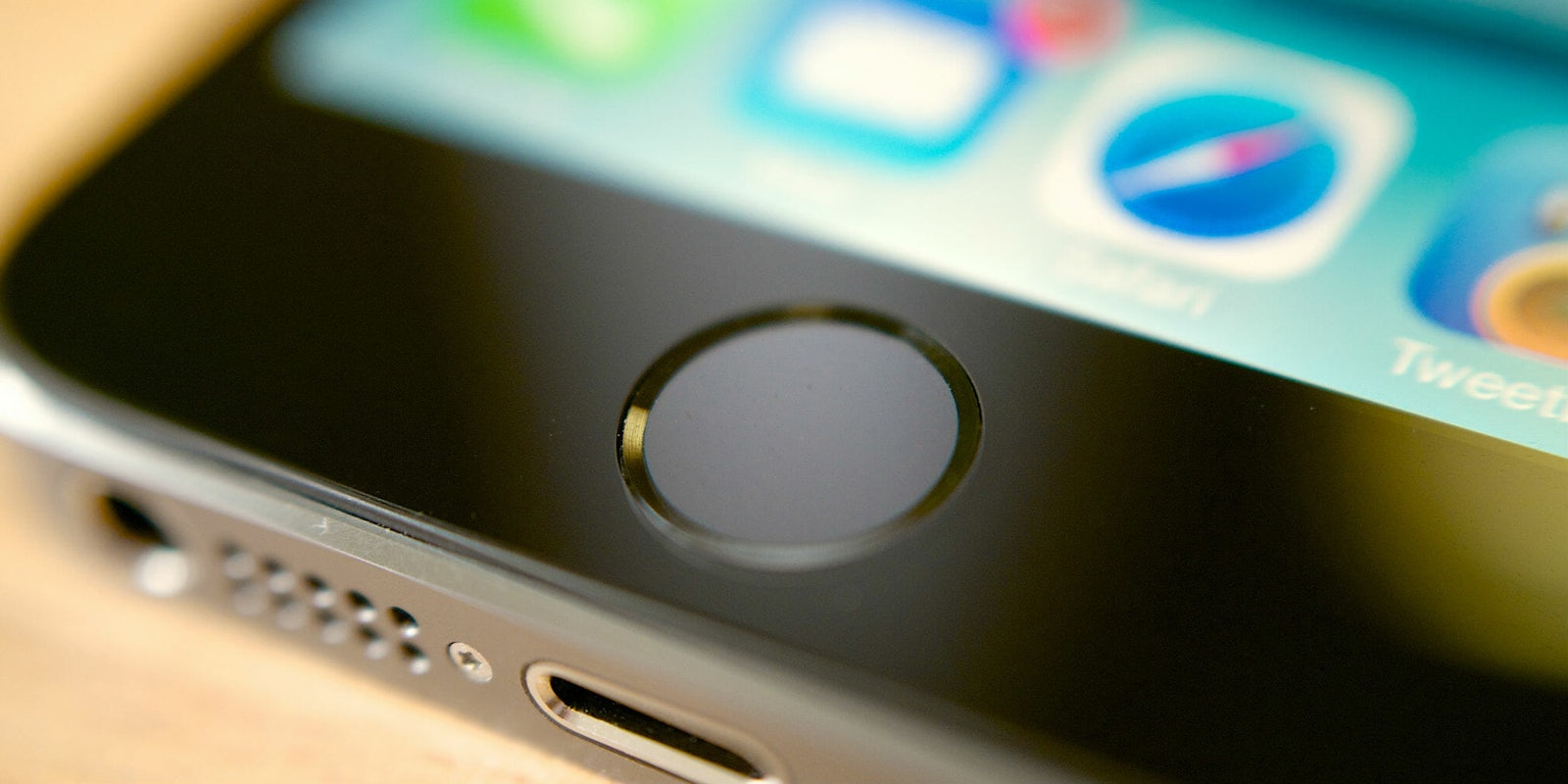The FBI began its heated standoff with Apple following the 2015 shooting in San Bernadino, California. Unable to unlock the gunman’s encrypted iPhone 5c, the agency turned to the smartphone maker for help. But the tech giant put its foot down, insisting that nothing trumped the privacy of its users. The FBI eventually backed down after a third party reached out with a method for unlocking encrypted devices.
But the incident sparked a debate about encryption, and whether law enforcement should be given a backdoor to investigate crimes. In the years following, Apple held its position, rejecting multiple requests to unlock devices. However, recent smartphone innovations have given police new methods for accessing encrypted smartphones.
Police and law enforcement are now reportedly using the fingerprints of the deceased to access iPhones, according to a Forbes report. First introduced on the iPhone 5s, Touch ID is a verification method that requires a user’s unique fingerprint. The feature was reportedly first used by police in an attempt to access the phone of Ohio State University gunman Abdul Razak Ali Artan in November 2016. It failed because the phone required a passcode after going idle.
Subsequent attempts have been more successful. In fact, the report says it has become a “relatively common” practice to use a lifeless finger to unlock an iPhone, according to local and federal police investigations in New York and Ohio. In one case, the police used this technique on an overdose victim to find their dealer.
While this presents some clear ethical concerns, unlocking the phone of a dead person is legal, which means a search warrant is not needed. That’s because the dead no longer have a right to privacy. “We do not need a search warrant to get into a victim’s phone, unless it’s shared owned,” Ohio police homicide detective Robert Cutshall told Forbes.
Police are looking for new techniques to access iPhones now that the fingerprint sensor is being replaced by Face ID, the facial recognition feature found on the iPhone X. Researchers have already discovered vulnerabilities in Face ID that grant them access to the device.
Vietnamese cybersecurity firm Bkav claims to have fooled Face ID using a relatively simple mask that cost around $150, far less than the $3,000 it costs to pay a contractor to break in. It’s possible law enforcement will soon start pointing selfie cams at the faces of dead criminals—that is, if it hasn’t already.


